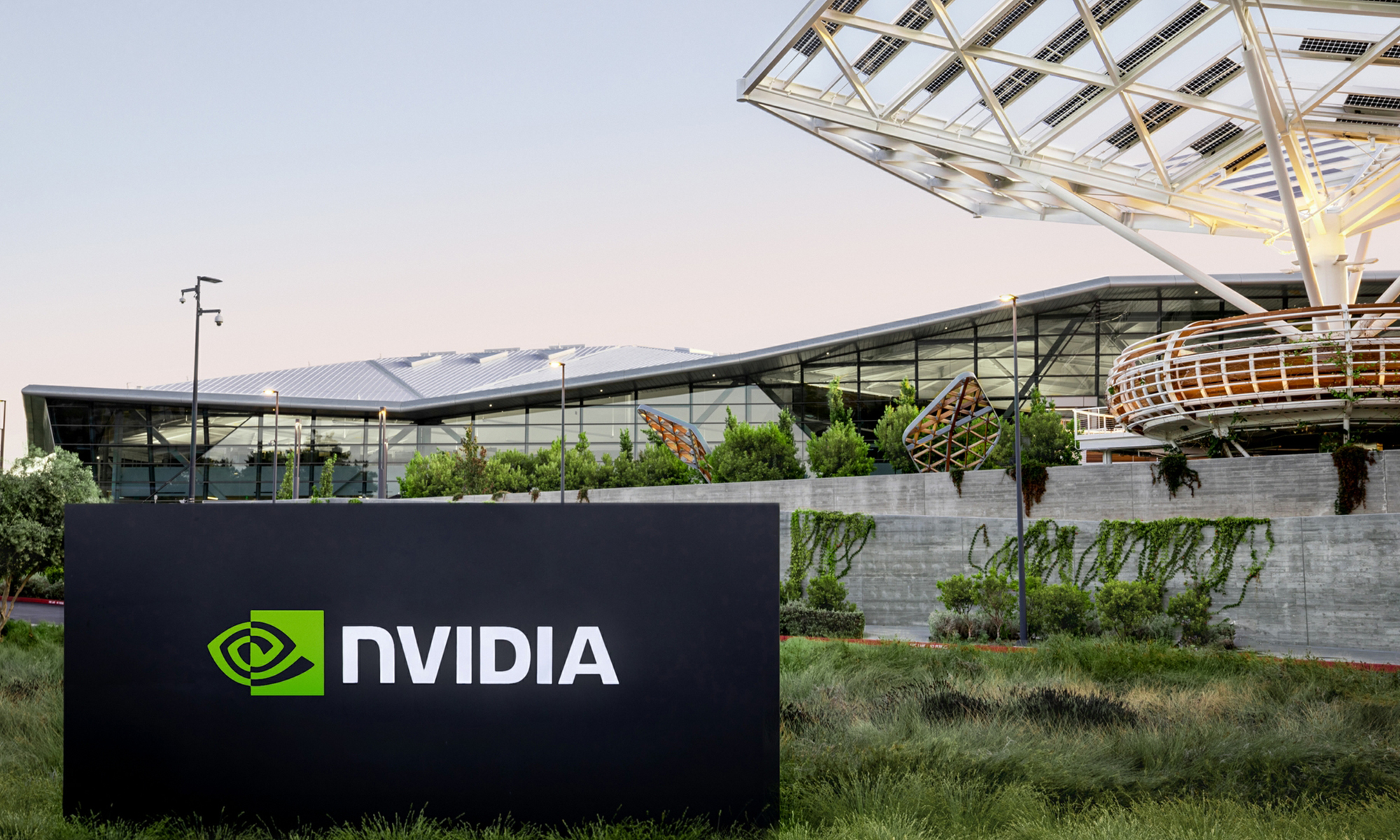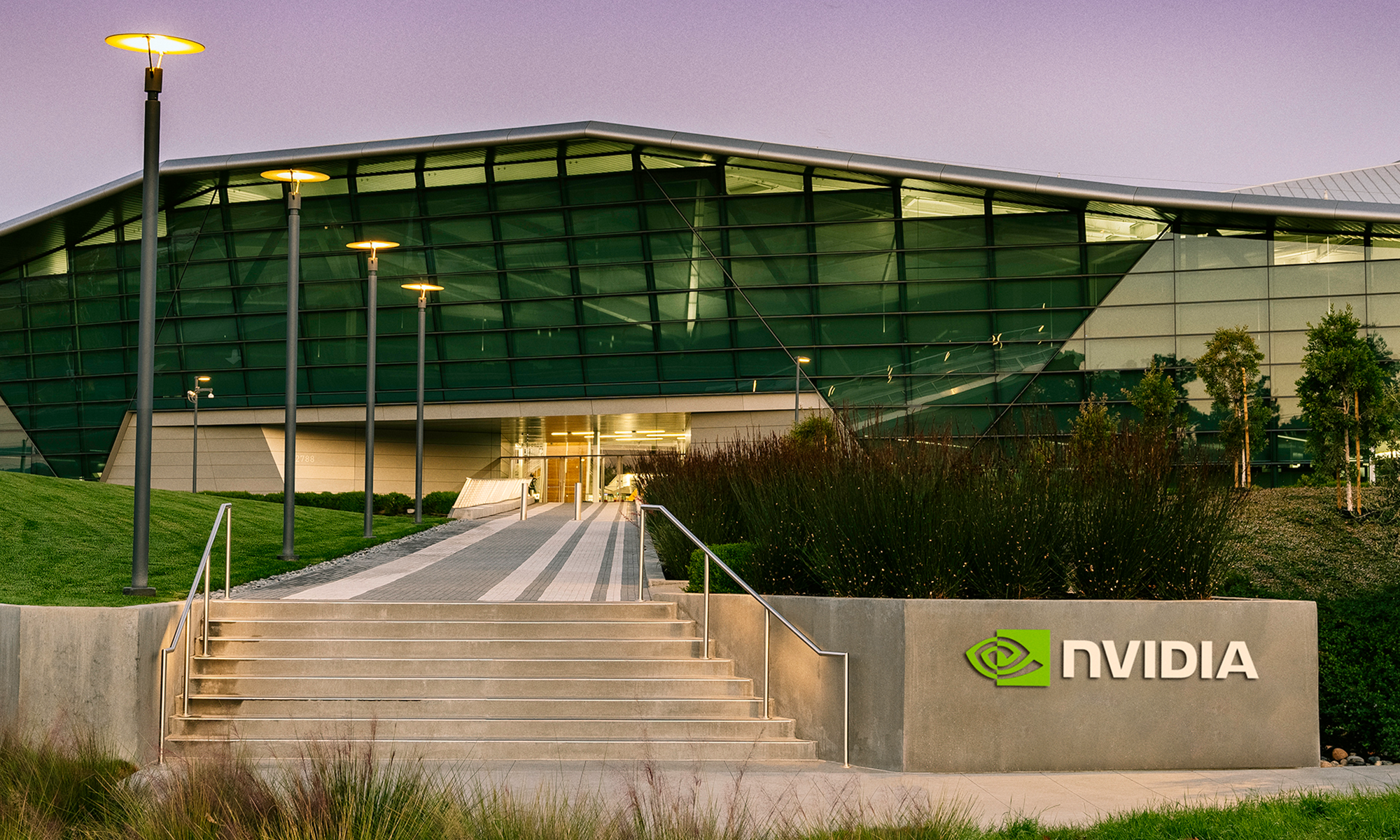Forget chasing the next artificial intelligence (AI) unicorn. While venture capitalists funnel billions into speculative start-ups, Nvidia (NVDA 0.56%) continues to dominate the infrastructure powering the entire industry. A projected 9% annual return may not sound thrilling, but it could be the smartest risk-adjusted investment in tech this decade.
According to Coatue Management, an American technology-focused investment firm, Nvidia's market cap could grow from $3.5 trillion today to $5.6 trillion by 2030, implying a 9.6% compound annual growth rate from current levels. That's a far cry from its recent hypergrowth, but it reflects a business that's maturing into its role as the backbone of the AI economy.

Image source: Getty Images.
Here's why Nvidia remains a compelling buy -- even as its pace of growth slows.
The ecosystem nobody else can match
Think of Nvidia as the Apple of AI. Just as the iPhone represents great hardware backed by an impenetrable ecosystem, Nvidia has built something far more valuable than fast chips -- it has created the core operating system for AI.

NASDAQ: NVDA
Key Data Points
The company's Compute Unified Device Architecture (CUDA) software platform has become the default language for AI development, with over 4 million developers now embedded in the ecosystem. Switching to a competitor means rewriting years of code, creating a switching cost that grows stronger every day.
But Nvidia isn't stopping at software dominance. The company has systematically expanded into every layer of the AI stack. DGX Cloud lets companies rent AI supercomputers by the hour, democratizing access to massive computing power. New enterprise platforms help businesses deploy AI without armies of data scientists.
The Omniverse platform powers everything from factory simulations to digital twins of entire cities, while the majority of automakers now rely on Nvidia's DRIVE platform for autonomous vehicle development.
This isn't diversification for its own sake. Each new product strengthens the core GPU business. A company using Nvidia for robotics simulations naturally gravitates toward Nvidia chips for its data centers. The network effects compound with each customer.
Why single-digit returns beat moonshots
Yes, 9% annual returns sound pedestrian compared to Nvidia's recent rocket ride. But consider the mathematical reality -- when you're already generating $44 billion in quarterly revenue from a $3.5 trillion base, hypergrowth becomes virtually impossible.
What matters is that this 9% comes with something venture-backed AI start-ups can't offer: Certainty.
The company's Blackwell architecture was fully booked within months of launch, with shipments stretching into late 2025. In its most recent quarter, data center revenue surged 73% year over year to $39.1 billion, while gross margins -- excluding one-time charges -- hover above 70%. That's the kind of pricing power that competitors can only dream about. And with $54 billion in cash and marketable securities, Nvidia can weather any storm while continuing to invest aggressively.
But here's what growth projections might be missing: Nvidia isn't just selling more chips to the same customers. It's expanding the entire AI market.
Right now, AI remains largely confined to tech giants and cutting-edge enterprises -- not because of cost, but because of complexity. Nvidia's push to simplify deployment through easier tools, pre-trained models, and plug-and-play solutions removes the technical barriers.
When every small business can implement AI without a team of engineers, the addressable market doesn't just grow -- it explodes. Think of local governments optimizing traffic patterns, small manufacturers predicting equipment failures, or family doctors using AI diagnostics. The market expansion opportunity dwarfs any competition concerns.
Addressing the elephant in the room
Yes, Nvidia trades at a forward price-to-earnings (P/E) ratio of 34 -- a premium by traditional standards. And yes, Advanced Micro Devices is gaining ground while cloud giants like Microsoft and Alphabet are building their own AI chips. Meanwhile, U.S. export restrictions have cut off a significant portion of China-related revenue, removing an estimated $8 billion in near-term sales.
But what's the alternative? Betting on early stage AI start-ups with no profits, no moat, and unproven demand? Nvidia's valuation isn't cheap, but it reflects something rare in tech: Dominance with durability.
The real opportunity hiding in plain sight
Wall Street keeps searching for the next big thing. But the best tech investment of the next decade may not come from a stealth start-up or a buzzy IPO. It's already here, hiding in plain sight.
Nvidia, with its projected 9% annual returns, offers what's become rare in technology: Scale, certainty, and sustained innovation. While others gamble on speculative AI plays, Nvidia continues to compound wealth with the dependability of a utility and the velocity of a start-up.
The AI revolution isn't slowing. It's accelerating. Every breakthrough, from autonomous vehicles to digital twins, reinforces Nvidia's grip on the infrastructure that powers it all.
Sometimes the smartest move isn't chasing the next Nvidia. It's owning the one that already reshaped the future -- and is still just getting started.





